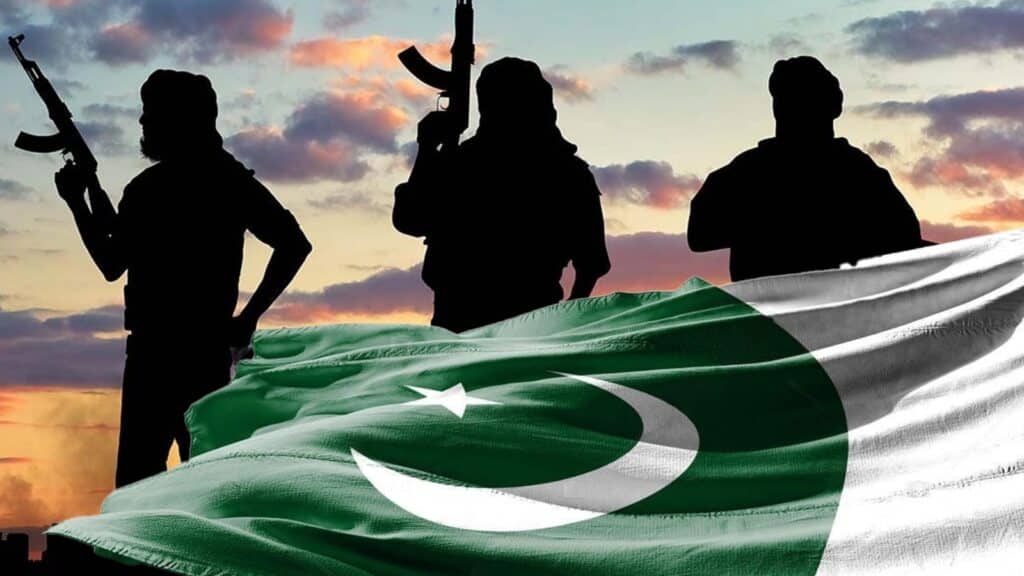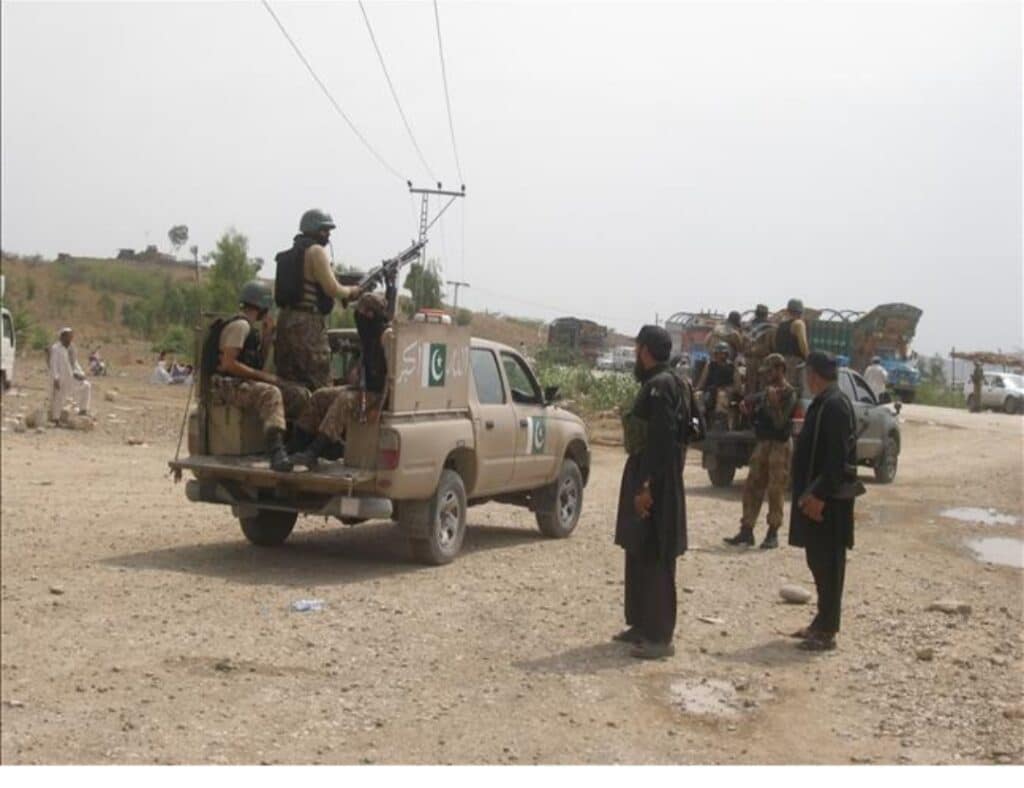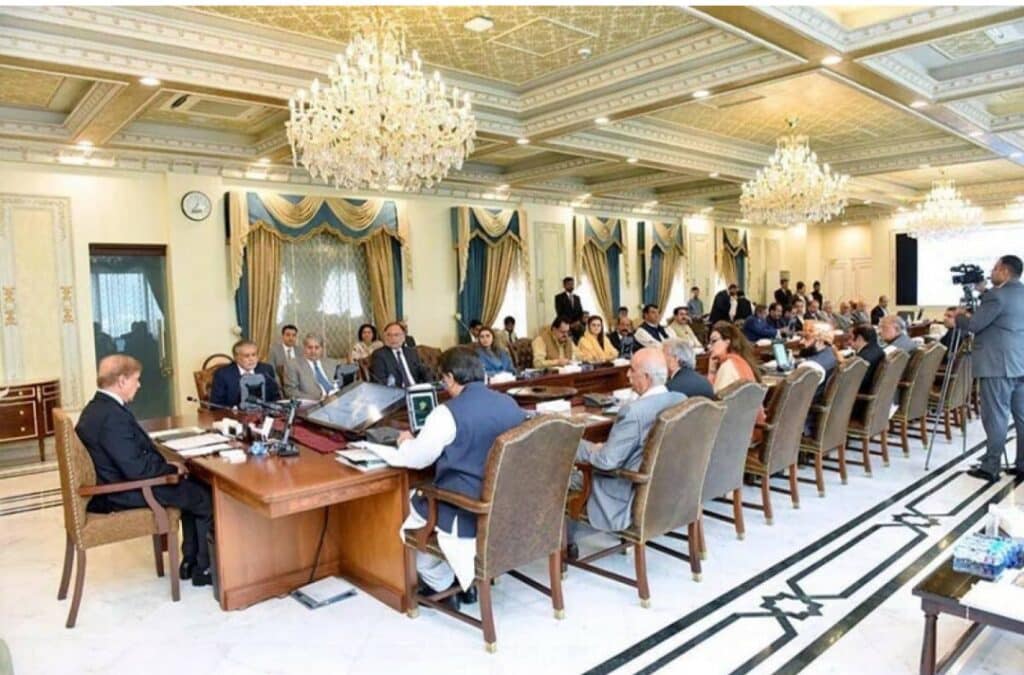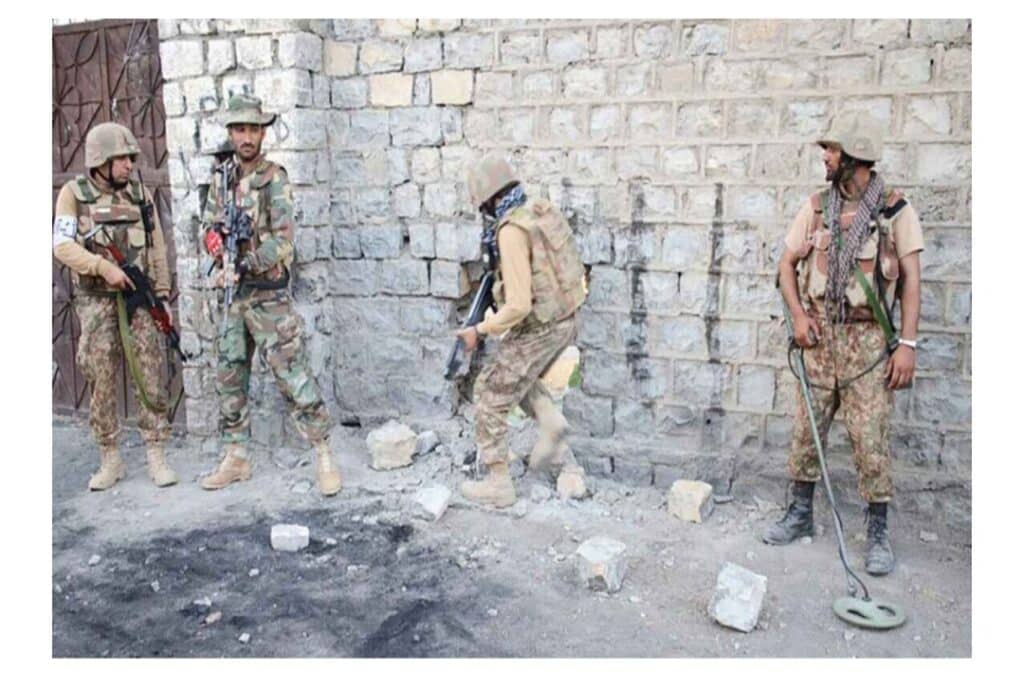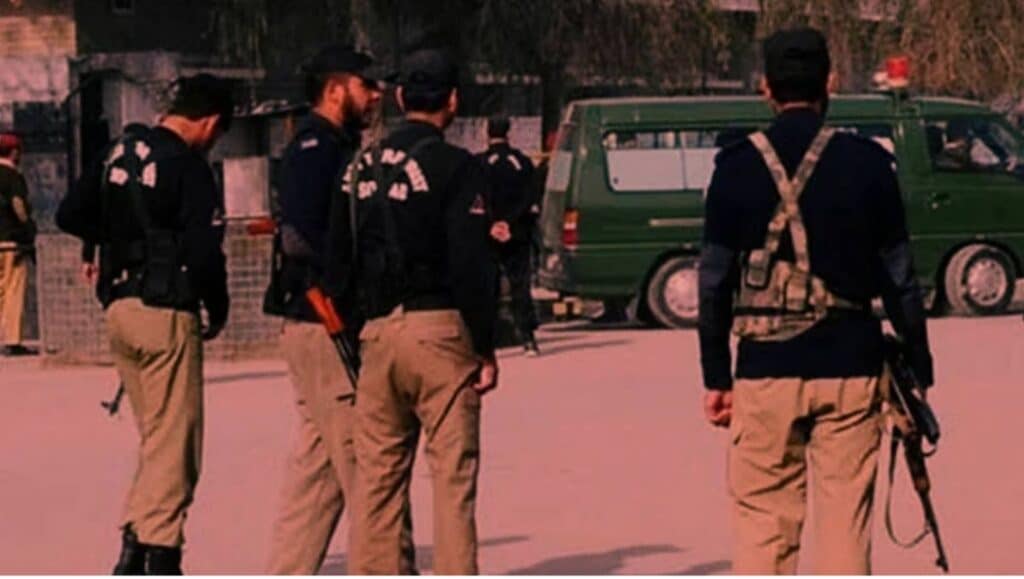Militant groups in Pakistan’s tribal and border regions are no longer just relying on bullets and bombs — they’re now fighting a parallel war of numbers, media manipulation, and fear. Recent propaganda reports issued by Tehrik-i-Taliban Pakistan (TTP) and Ittehad-ul-Mujahideen Pakistan (IMP) reveal an alarming new trend: the systematic inflation and glorification of violence to intimidate the public, lure recruits, and extort local communities.
According to a so-called “monthly operations report,” TTP claims to have conducted 307 attacks across Pakistan in June 2025 alone. The report presents an organized breakdown of attacks by region — including 72 in Chitral, 55 in North Waziristan, and 53 in South Waziristan — and lists over 220 security personnel killed and 540 casualties in total.
Simultaneously, IMP released its own June bulletin, claiming 77 separate attacks, a rise from 73 in May. The document details operations in Khyber (29 attacks) and North Waziristan (25 attacks), again accompanied by exaggerated figures of fatalities and modern tactics like sniper ambushes, drone use, and thermal surveillance.
Manufacturing Fear, Monetizing Chaos
Security analysts and counterterrorism experts have serious doubts about the authenticity of these figures, calling them inflated, unverifiable, and designed for psychological warfare.
“These militant groups are not just operating on the ground — they’re waging a war of fear through inflated data,” says an analyst. “Their goal is to appear more powerful than they are, spread panic, and gain leverage in tribal regions.”
Sources within law enforcement confirm that local contractors and businessmen in conflict zones are being approached by these groups for extortion money, often with threats based on such reports. By showcasing their “reach” and alleged successes, militants aim to coerce cooperation or financial support under duress.
Weaponizing Statistics for Recruitment
Experts believe that the overstated claims of success are also a recruitment tool. By promoting the illusion of battlefield victories and operational dominance, these groups seek to attract impressionable youth, especially from underdeveloped regions. The use of military-style graphics and precise statistics mimics state defense reports — a deliberate attempt to project professionalism and legitimacy.
However, on-ground realities differ sharply. A senior official from Pakistan’s interior ministry said,
“We’ve verified less than a quarter of the attacks they claim. Many are recycled incidents or simple acts of sabotage blown out of proportion. The aim is not truth — it’s influence.”
Digital Warfare Meets Tribal Pressure
Social media platforms and encrypted messaging apps have become the preferred battlegrounds for these groups, where they circulate glossy “operation reports” filled with militant jargon. These posts often go viral among diaspora communities and conflict-affected populations, sowing further anxiety and misperception.
Worryingly, this wave of propaganda comes with a real cost: intensified fear in already vulnerable areas, declining state trust, and growing obstacles for humanitarian aid and infrastructure development.
The Real Threat: Fear as a Force Multiplier
While Pakistan’s military continues to target militant hideouts in kinetic operations, the war of perception is escalating. As militants exaggerate their capabilities, the lines between fact and fear blur — making narrative control as important as battlefield success.
In a region already scarred by decades of violence, truth is becoming the first casualty. The state, media, and civil society must now confront not just the militants’ weapons — but their lies dressed as statistics.

